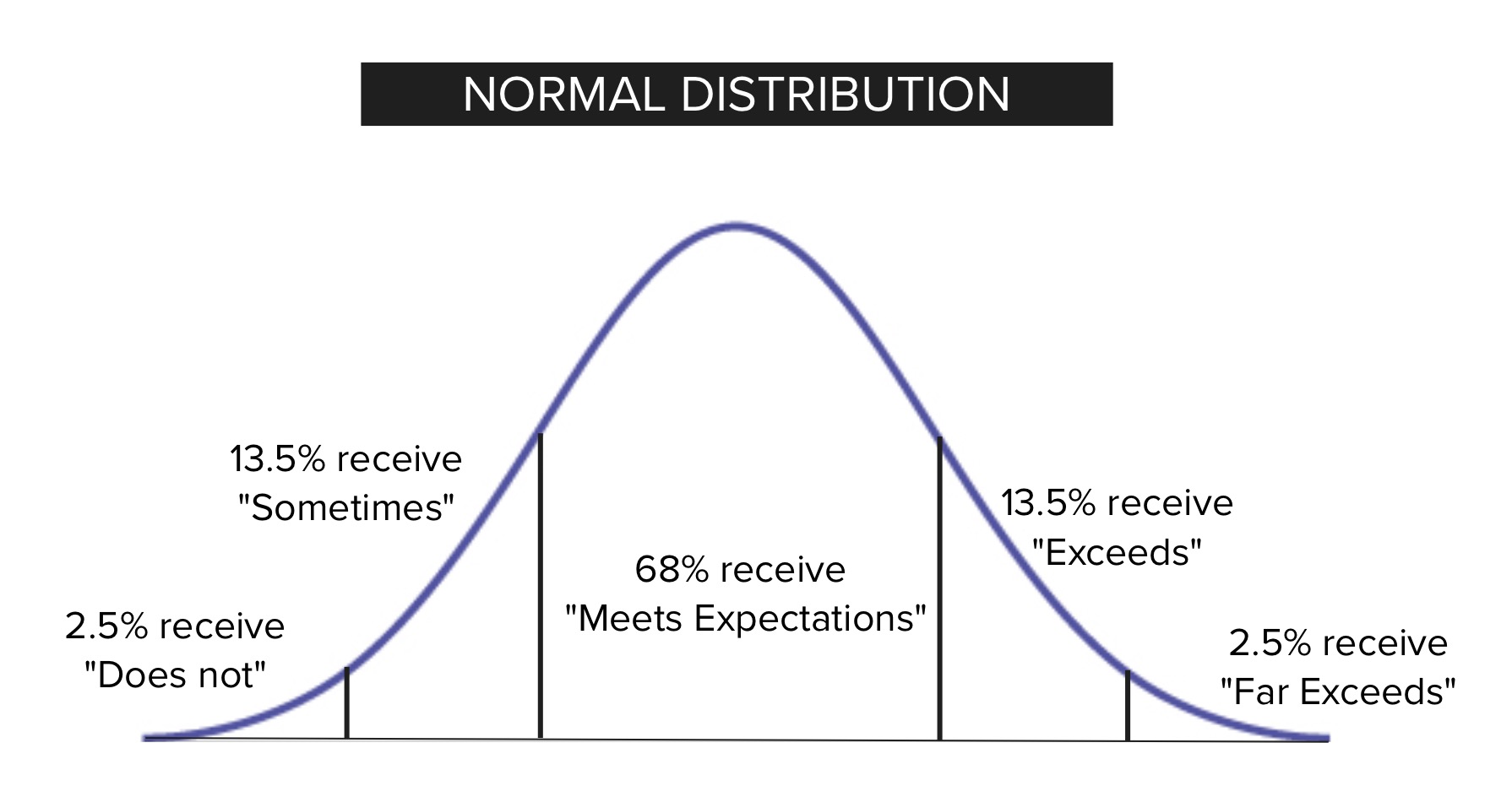Performance reviews are common in most companies, but they consistently fail to deliver meaningful business value. Everyone knows it—employees dread them, managers hate giving them, and yet businesses continue this outdated ritual. Almost a third of companies have left them behind, including giants like Apple. It’s past time you seriously consider dropping traditional performance reviews from the culture of your company.
How Performance Reviews Work
In most companies, performance reviews follow a familiar pattern. Goals are set and entered into some kind of management tool, usually late into the first quarter of the year. Managers and employees may occasionally discuss these goals—or sometimes never talk about them at all, depending on the manager’s style. Often, these goals don’t align well with the company’s broader objectives. For front line employees who do not work in sales, goals are usually superficial, easily measurable tasks that don’t truly reflect meaningful accomplishments.
By year-end, employees receive ratings based on a scale from 1 to 5:
- Far exceeds expectations
- Exceeds
- Meets
- Sometimes Meets
- Does Not Meet
Not a Good Idea
But here’s the catch: regardless of actual performance, upper management frequently adjusts these scores downward to artificially create a normal distribution (bell curve). They want 68% of employees to receive “meets expectations,” and to reserve the monetary and other benefits of exceeds and far exceeds for the 5% and <1% respectively so they can save money. This forced distribution leads employees to compete against each other rather than collaborate, undermining team cohesion and overall productivity. Employees feel cheated, demoralized, and betrayed, knowing their rating has little to do with their real performance. Meanwhile, managers feel guilty and embarrassed about delivering unfair evaluations.

The problem with how goals are set only compounds the issue. Most organizations don’t set annual goals until the end of March, meaning employees realistically have around eight months to accomplish a full year’s worth of objectives. Once Thanksgiving arrives, productivity typically drops sharply as many people take extended time off. This makes accomplishing meaningful, year-long goals even more unrealistic.
Companies often require these goals to be “SMART”—Specific, Measurable, Achievable, Relevant, and Time-bound. Yet most organizations struggle to measure genuine value, resorting instead to easily quantifiable but ultimately meaningless metrics like the “number of projects delivered.” Hitting numerical targets does not necessarily mean the company benefits significantly from those achievements. When management then artificially lowers scores to fit their forced distribution, it strips any objectivity from the process, leaving employees feeling disillusioned and unappreciated.
Traditional performance reviews also have significant emotional consequences. In fact, 22% of employees report having cried after receiving an annual review, highlighting the emotional distress caused by this outdated process. Additionally, 57% of employees feel that annual reviews foster unhealthy competition with coworkers, harming teamwork and collaboration. According to a Gallup survey, only 14% of employees strongly agreed that performance reviews inspired them to improve, underscoring their ineffectiveness in driving meaningful growth.
Ultimately, the annual review process demoralizes both managers and employees. Senior leadership are viewed as unwise people who possibly should not be running a company. Employee engagement falls dramatically. Sometimes talent will leave the company simply to work somewhere else that does not engage in this silly ritual every year.
Why Companies Keep Doing Annual Reviews
So why do companies stick with this broken system? Several reasons stand out. First, there’s the sunk cost fallacy: organizations have spent millions on these performance management tools and processes, and abandoning them would mean admitting a costly mistake. Second, teams dedicated to administering these tools naturally defend their relevance because their jobs depend on it.
Another factor is a pervasive lack of trust. Companies don’t trust their managers to fairly reward performance, ironically resulting in an even less fair and less transparent system. Additionally, there’s a mistaken belief that performance review data protects companies against employment-related lawsuits. Yet, in practice, employees are regularly dismissed despite excellent reviews or retained despite poor reviews, rendering this argument invalid. Finally, outdated management beliefs, like the supposed benefits of stack ranking, persist despite clear evidence that such practices severely harm morale and collaboration.
What to do?
There’s a far better alternative. Companies like Apple and Netflix have successfully eliminated formal annual reviews, shifting towards continuous, meaningful feedback and immediate recognition systems. Organizations should empower managers to immediately reward employees when they perform above and beyond expectations. Clear guidelines around the distribution, frequency, and limits of these rewards can ensure fairness. Money designated for employee rewards should never revert back to the company if unused; instead, it should consistently be invested directly in employee satisfaction.
Pay should be decoupled from this antiquated system. Annual raises should be standardized around cost-of-living increases, reflecting a genuine intention to retain valued employees. Traditional bonus systems should be replaced entirely by immediate recognition incentives. Additionally, companies should require managers to hold regular, meaningful weekly one-on-one meetings, fostering ongoing alignment of goals and mutual support.
This approach would create a more fair, more transparent, and genuinely motivating work environment, improving morale and genuinely rewarding performance—far more effectively than traditional performance reviews ever could.

“Why the Performance Review is Dying Out—including at Companies Like Apple and Microsoft.” Fast Company. Available at: https://www.fastcompany.com/90943074/why-the-performance-review-is-dying-out-including-at-companies-like-apple-and-microsoft
Cappelli, Peter, and Tavis, Anna. “The Performance Management Revolution.” Harvard Business Review, October 2016. Available at: https://hbr.org/2016/10/the-performance-management-revolution
“Get Rid of Performance Reviews.” Society for Human Resource Management (SHRM). Available at: https://www.shrm.org/topics-tools/news/humanity-hr-compliance/get-rid-performance-reviews
“Traditional Annual Performance Reviews Are Outdated and Clunky. Continuous Feedback Is Better.” Fortune. Available at: https://fortune.com/2024/12/20/performance-reviews-bad-outdated-clunky-continuous-feedback-better/

